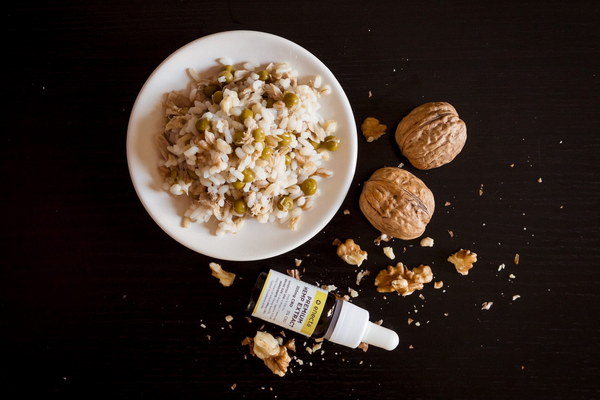Recovery and Self-Care Nurturing Your Body Post-Tubal Ligation
Tubal ligation, often referred to as having your tubes tied, is a common and effective form of permanent birth control. While it is a straightforward surgical procedure, it's important to understand the recovery process and how to care for your body during this time. This article will guide you through the essential steps for a smooth and healthy recovery post-tubal ligation.
Understanding the Recovery Process

After undergoing tubal ligation, it is normal to experience some discomfort, swelling, and bleeding as your body heals. The recovery period can vary from person to person, but generally, most women can return to their regular activities within a week or two.
Immediate Post-Procedure Care
1. Rest: Give yourself ample time to rest and recover. The first 24 to 48 hours after surgery are crucial for healing, so try to avoid any strenuous activities.
2. Pain Management: Your healthcare provider may prescribe pain medication to help manage discomfort. Follow their instructions carefully and use the medication as directed.
3. Wound Care: Keep the surgical site clean and dry. Follow your healthcare provider's instructions for wound care, which may include changing the dressing and applying ointment.
4. Follow-Up Appointments: Attend all scheduled follow-up appointments with your healthcare provider to monitor your recovery progress.
Long-Term Recovery and Self-Care
1. Gradual Return to Activities: As your body heals, gradually increase your level of activity. Start with light tasks and avoid heavy lifting, rigorous exercise, and sexual activity until your healthcare provider gives you the green light.
2. Nutrition and Hydration: A balanced diet and adequate hydration are essential for overall recovery. Focus on a diet rich in fruits, vegetables, lean protein, and whole grains to support healing.
3. Exercise: Gentle exercise can help improve circulation, reduce swelling, and alleviate discomfort. Consult with your healthcare provider before starting any new exercise regimen.
4. Manage Stress: Stress can slow down the healing process, so find healthy ways to manage stress, such as meditation, yoga, or spending time with loved ones.
5. Sleep: Ensure you get enough restful sleep, as it is crucial for recovery.
Monitoring for Complications
While complications from tubal ligation are rare, it's important to be aware of the signs of potential issues, such as:
- Persistent or worsening pain
- Heavy bleeding
- Fever
- Swelling that does not improve
- Signs of infection, such as redness, discharge, or fever
If you experience any of these symptoms, contact your healthcare provider immediately.
Embracing Your New Normal
As you transition to life post-tubal ligation, it's essential to embrace your new normal and make adjustments as needed. This may include:
- Adjusting your birth control plan if you have concerns about fertility
- Exploring alternative forms of contraception if you are unsatisfied with the results of your tubal ligation
- Seeking support from friends, family, or support groups to navigate any emotional changes
In conclusion, a successful recovery from tubal ligation requires patience, care, and attention to your body's needs. By following these guidelines and maintaining open communication with your healthcare provider, you can ensure a smooth and healthy recovery process. Remember, taking care of yourself is crucial not only for your physical well-being but also for your mental and emotional health.









